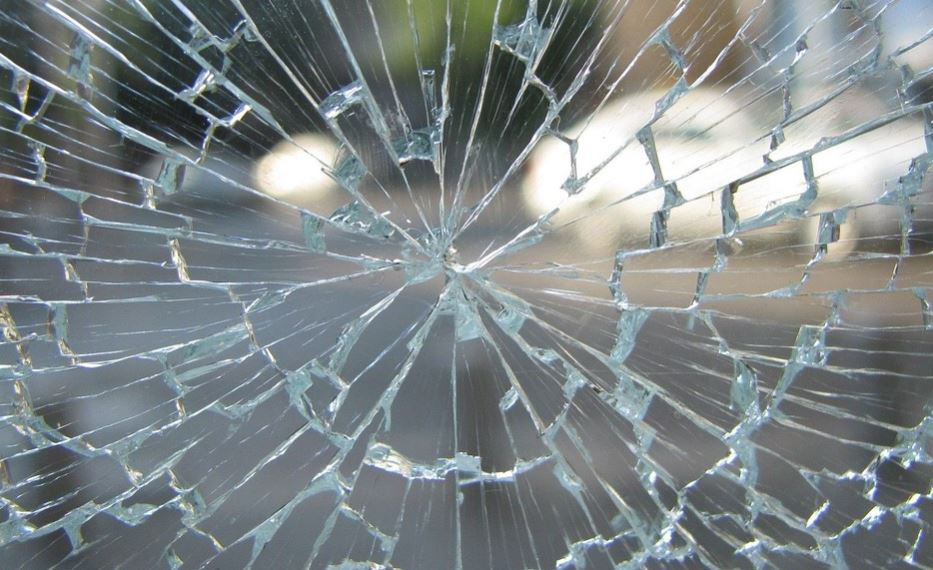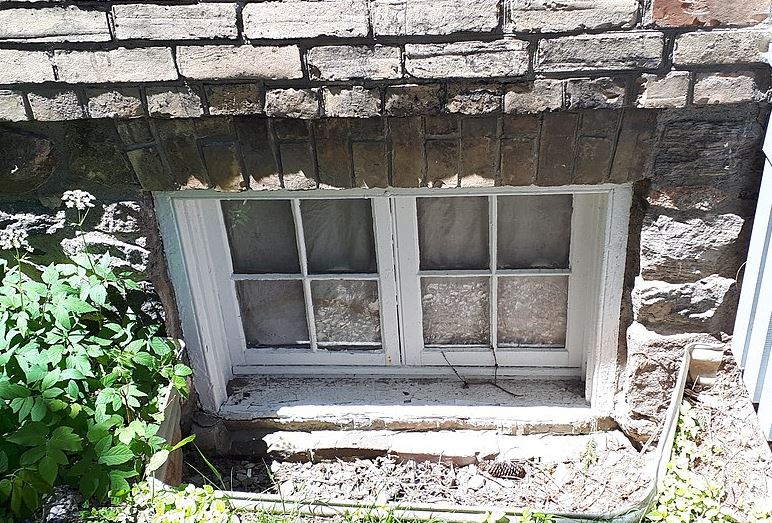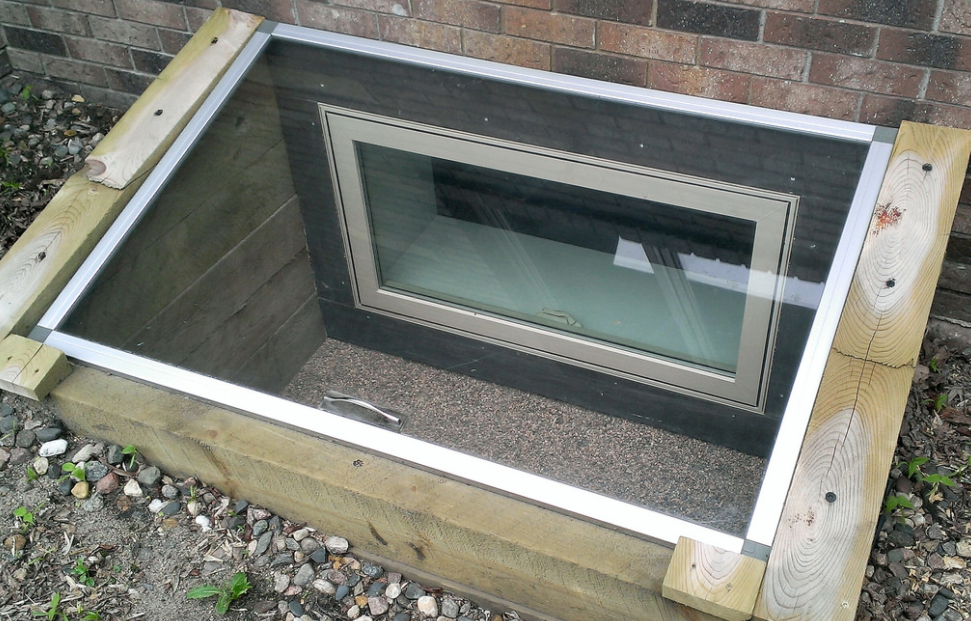
If you’re buying new windows for your home, there are several things you need to know to make sure you end up with a high-quality window.
For instance, you’ll need to consider the type of frame material. This can range from composites to vinyl to fiberglass.
There are other considerations. Let’s take a look!
Fiberglass
Fiberglass windows are an effective way to add beauty and value to your home. They can also help keep your house warm in the winter and cool in the summer. You can choose from a variety of styles and shapes. The material is also durable. Unlike wood, it will not warp, rot, or corrode. It is a great choice for coastal homes.
Fiberglass is also one of the best insulation materials. It holds up to high levels of humidity and is also resistant to environmental damage. For added energy efficiency, you can opt for double-paned or triple-paned windows.
The fibers used in fiberglass windows are woven into a resin injector. This ensures a tight fit. Also, the glass fibers are thinner than in a traditional window.
Vinyl
Among many residential window options, Vinyl windows have become a popular choice for homeowners. They offer a variety of benefits and can help reduce the cost of heating and cooling your home. You can choose from a wide range of styles and colors, as well as different glass types.
Choosing vinyl windows for your home can be an easy decision. It is a durable material that holds up to the weather and requires little maintenance. However, it is important to look for a reputable manufacturer.
Unlike wood, vinyl is an incredibly energy-efficient material. If your new windows are Energy Star rated, you can save money on your utility bills.
Vinyl can also add value to your home. Unlike wooden windows, it is resistant to staining and will not chip, peel or warp. That means you will not have to replace your windows every few years.
Composite
Composite windows are a durable, affordable, and energy-efficient alternative to traditional wood and vinyl windows. These types of windows can improve the look and value of your home, and are available in various styles and colors.
A composite window is made from a combination of timber, aluminum, and other materials. The frame and interior are built with the strength and durability of the material and are factory-finished. This gives them an appearance that mimics that of a wooden window. They can come in a range of styles and colors, making them ideal for both traditional and contemporary homes.
These kinds of windows are highly insulated. Because they are made from recycled materials, they are a green alternative to vinyl and wood windows. It’s also easy to maintain. They won’t rot or warp and can last for up to 40 years.
Related: How to choose the best replacement window contractor
Wood-clad
Wood-clad windows are an excellent way to add value and comfort to your home. Not only are they beautiful, but they offer added benefits like increased energy efficiency and durability. They are also less expensive than vinyl.
When deciding which type of window to purchase, it is important to consider your budget and your needs. Vinyl is the most affordable option, but it does not last as long as wood. For homeowners who want a traditional look for their windows, vinyl is a good choice.
Aluminum is another popular cladding material. It is easy to maintain and has a sturdy exterior. However, it can be more expensive than fiberglass or vinyl.
When choosing a window, you need to consider how much maintenance you will need to perform on it. Most vinyl and aluminum-clad windows are low-maintenance, but you still need to take care of the interior to prevent rot.
Double-pane
If you want to save on energy costs while improving the look and feel of your home, double-pane windows are the way to go. They provide a lot of benefits from improved insulation to a reduction in noise. These windows can also enhance your home’s value if installed by licensed professionals.
You can get double-pane windows in a variety of styles, materials, and designs. The best choice is dependent on your personal preferences, budget, and location. Some areas are better suited for certain types of windows than others. Depending on your needs, you can choose from vinyl, fiberglass, or aluminum frames.
Double-pane windows are made of two panes of glass separated by a spacer. The empty space between the two panes serves as an insulating barrier. This translates to less heat loss during the winter and a lower heating bill during the summer.




 Egress windows are emergency windows or openings large enough to allow people to easily exit the space, and for rescue crews to gain access in case of fire or other emergency. Adding an egress window is essential any time you remodel your basement to make a new bedroom, office or other living space.
Egress windows are emergency windows or openings large enough to allow people to easily exit the space, and for rescue crews to gain access in case of fire or other emergency. Adding an egress window is essential any time you remodel your basement to make a new bedroom, office or other living space.